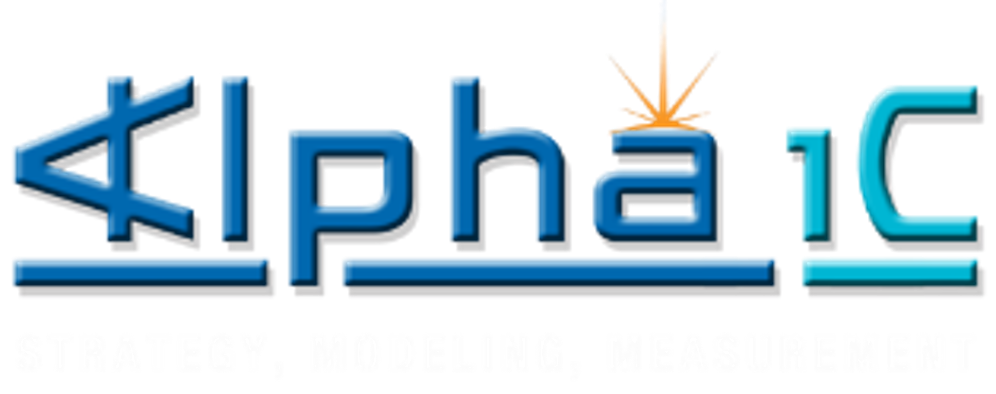Through our work doing copay program optimizations and audits, we have found there are a few key components that increase the likelihood a program will be targeted for fraud by cunning, mostly independent pharmacies.
Copay programs with a high annual cap are often targets for fraud. It’s the flexibility and amount of the annual cap that makes these programs the target for not only fraudster pharmacies but also maximizer and accumulator programs as well (covered under a different article). I will define the level of the cap as “high” for any annual cap valued at $10,000 or more. We know that due to the cost of many specialty pharmacy drugs their annual caps need to be at the $10K+ level.
There is a famous quote by the bank robber Willie Sutton, who reputedly replied to a reporter’s inquiry as to why he robbed banks by saying “because that’s where the money is.” The quote evolved into Sutton’s law, which is often invoked to medical students as a metaphor for emphasizing the most likely diagnosis, rather than wasting time and money investigating every conceivable possibility.
A copay program with a high annual cap is a likely place to find fraud because it’s the most obvious place to find the money! Pharmacies need only investigate medication prices and copay program details to find annual caps valued at $10,000 or more.
While some brands may not be able to eliminate all issues, there are additional business rules you can put in place to combat fraud for brands that have high value annual caps:
- Don’t publish the actual cap number. If you are not required to publish your $24,000 annual cap, don’t do it!
- Set a business rule that caps the ASP which a pharmacy submits. The easiest way to extract extra dollars out of your program is for a pharmacist to inflate the ASP to generate a higher payout. So, setting a business rule that caps the ASP that can be submitted is like a second level of protection (in addition to adding a “per use cap” on top of your annual cap).
- Perform a copay claims audit at least every other year on any brand that has an annual cap over $10,000. This is the only sure-fire way to ensure your program is being executed the way you intended. I can’t tell you how many times we have seen copay claims processed for higher levels than allowed in the business rules. Sometimes checks and balances systems concerning copay program business rules simply don’t work, and in the meantime, millions of dollars in incorrectly processed claims will slip through.
Let’s face it, most brands are not looking through their individual copay claims on a consistent basis to catch issues, as it’s a very time-consuming and tedious process. Conducting an analysis with an independent third party experienced in copay claims audits will ensure that all claims are evaluated properly and processing issues are identified and addressed.










